Do you think that if you have to use solar energy, then a question arises: What are the infrastructure requirements for utilizing solar energy?
Yes, I got the idea when I started using solar energy for my own home.
Then, I got the complete information on energy by studying it myself and also studied the infrastructure required for the additional use of solar energy.
That is why I am going to give you a complete study of this knowledge in this article. You should read the article till the end.
According to Wikipedia, By the end of 2020, the United States had combined photovoltaic, 97275 megawatts (MW) of installed photovoltaic and centralized solar power.
But those are the key things – sunny land, power plant, distribution lines.
To know what are the infrastructure needs for using solar energy? First of all, you need to know what solar energy is.
What is the Solar Energy?
Solar power—bright sunlight—is Earth’s most abundant energy source, Solar panels, solar thermal electricity, and customized lighting can catch the sun’s light and heat.
Solar energy is clean and renewable. The Solar Energy Industry Association states the USA possesses world-class solar resources for power, lighting, heating, hot water, and more.
Solar is utilized in homes, companies, and industries everywhere and is very versatile.
Solar power has many uses, is abundant, and renewable. You need the correct infrastructure to harness it—we’ll discuss that next, If you require clarification, let me know.
What are the infrastructure requirements for Utilizing solar energy?
Suitable Land For Solar Plant or System 🌆
For solar power, we need a nice, open, sunny spot 🌞 The deserts out west are prime real estate for big solar farms.
Suburban roofs work great, too; south and west exposure is key. Even vacant city lots can be used if they get lots of direct sunlight.
We’ve got plenty of options across the United States to soak up the free sunshine and generate clean energy.
Proper site selection helps maximize those solar panels.
Solar Panels: The Heart of the System 💛
Solar panel technology has come so far, We’ve got ultra-efficient monocrystalline and polycrystalline panels to choose from.
Manufacturing improvements have dropped costs a ton.
Whether it’s rooftop panels for homes or massive arrays for solar farms, the solar modules capture sunshine and convert it into usable electricity.
Advancements in tracking mounts squeeze even more energy from the sun, Solar panels are a flexible power source for the USA.
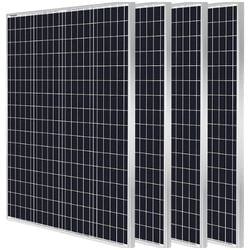
- 400W monocrystalline solar panel
- 21% conversion efficiency
- aluminum frame
- Easy installation
Mounting Structures: Keeping Panels in Place 🛠
Solar panels need solid mounting to stay in place.
For American homes, rooftop mounts are a safe bet to handle weather and keep panels aimed at the sun.
Larger solar farms can use ground mounts staked into the dirt.
Those adjustable tracker mounts are cool, too—they rotate to follow the sun’s path.
Proper solar panel mounting helps us get the most sunshine and, therefore, power. It’s an important piece in making solar work across the US.
Below are some solar panel mounting types.
Mounting Types
Inverters: Converting DC to AC
Solar panels generate direct current or DC power.
Inverters convert that into alternating current or AC, the power we use in homes and on the grid.
These nifty devices let us use the sunshine In the United States, smart inverters even stabilize the grid.
Microinverters monitor each panel’s output, too. Inverters are a critical bridge between solar power generation and usable electricity.
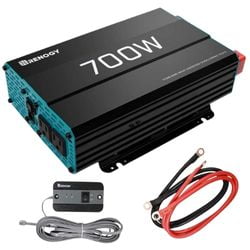
- POWERFUL DC-AC
- Safe for use
- Use very Easy
- Good Quality
Batteries: Storing Solar Energy 🔋
Solar panels only produce power when the sun’s out.
Batteries let us store surplus solar energy for when we need it – like at night, Lithium-ion batteries have gotten way cheaper, making storage practical.
Tesla’s Powerwall is popular, but there are other options too.
Stored solar power gives us clean energy even when it’s cloudy or dark. Batteries help solar panel investments pay off.
Charge Controllers: Regulating the Flow
Solar panels produce variable power depending on sunshine.
Charge controllers regulate the voltage and current flow into batteries to prevent overcharging.
They protect our investment. Basic controllers work, but smart controllers are getting popular now – maximizing charging efficiency and battery life.
By controlling flow, charge regulators make storage smooth and safe for our solar energy systems.
Wiring and Connectors: The Circulatory System 🔌
Like veins and arteries distribute blood, electrical wires, and connectors circulate power from solar panels to where it’s needed.
Proper wiring size and connections minimize losses. Advanced connectors resist weather degradation.
Nice, tidy wire management keeps things running safely and looking neat.
Quality solar wiring networks efficiently route clean energy to homes, businesses, batteries, inverters, and the grid.
Monitoring Systems: Keeping an Eye on Efficiency
Solar monitoring provides insights into energy production, consumption, and system health.
Basic monitors track overall power output. More advanced systems collect micro-data from panels, inverters, batteries, etc.
This info helps optimize solar efficiency and savings. Monitoring is like having a window into your solar system’s performance.
The data helps maximize our use of free sunshine. Here I suggest the best Home Solar & Energy Monitor system check out.
Grid Connection: Feeding Excess Energy
For grid-connected solar systems, the utility grid acts like energy storage.
When your solar panels produce more energy than you need, the excess feeds into the grid for others to use.
Grid connections allow two-way power flow using net metering.
Coordinating with the utility ensures smooth solar integration. Excess solar energy gets put to good use across the community.
Permits, labor, and Regulations: Navigating the Red Tape
Installing solar requires jumping through some hoops like permits, inspections, utility approvals, etc in the USA.
Thankfully, many states offer streamlined processes and rebates.
Hiring qualified solar pros ensures compliant, quality work too. They navigated the rules and paperwork smoothly.
Some red tape comes with solar, but support and incentives help minimize headaches. The payoff in clean energy is worth it.
What to Keep in Mind While Using Solar Energy Infrastructure?
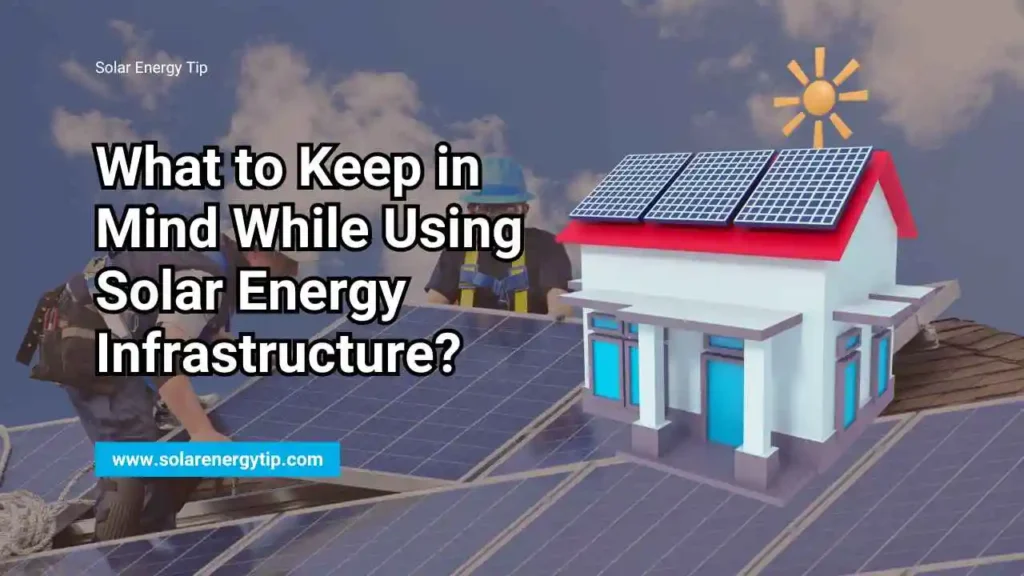
Following are the points to keep in mind while deploying solar energy infrastructure…
- Intended to be used
- Choosing the right place
- Cloudy weather
- Materials, Land, and Energy required
- Incorporating Photovoltaics into Public Infrastructure
Intended to be Used
The first solar energy infrastructure requirement is to understand its purpose. Solar energy can heat or illuminate.
It’s adaptable to build a solar power plant or a distributed generating centre station utility. Both systems store the energy for distribution after sunset.
Solar electricity in the US is self-contained in a complicated system. The U.S. uses solar and wind energy to boost its clean energy economy.
Solar heaters and photovoltaic energy are uses of solar energy. Using solar energy in agriculture may be to gain the most electrical energy.
Infrastructure and materials must be provided to use this energy.
Choosing the Right Place
Make sure you use solar power in a place with plenty of sunlight throughout the day.
Tree or building shadows shouldn’t be there. At the solar energy site, arrange for plenty of sunlight throughout the day.
Cloudy Weather
Solar panels and heaters utilize solar energy and work better with more sunlight.
Clouds should not be a solar energy guideline. Maximum solar energy consumption should not require cloudy weather infrastructure.
Cloudy weather generates less solar energy than sunny days.
They make 25% on bright days and 10% on overcast days.
Cloudy weather is a structural need for solar energy. Clean air lets us use more solar energy.
Materials, Land, and Energy required
Understanding infrastructural needs, material details, soil conditions, and energy needs is crucial for harnessing solar energy effectively.
Using the world’s oil only requires 50 years of work and 91,250,000 solar panels per year to transform.
A 5.5 TWh PV facility will displace an ecology of 20 square miles. Ted Trainer says PV power plants cost 48 times more than coal ones.
Solar land usage is detailed in pdf by the NREL Land Usage Requirements for US Solar Power Plants.
Since deserts are remote from cities, solar farms will need electric grid infrastructure.
Incorporating Photovoltaics into Public Infrastructure
Adding inventive photovoltaic solar systems to public infrastructure can boost solar energy utilization in any country.
Installing photovoltaic power systems in parks, airports, and water systems generates electricity.
Incorporating photovoltaics into infrastructure provides clean energy and infrastructure service.
Uses of Solar Energy
The sun is useful to us in many ways. Our sun is the greatest source of all life on earth. The sun has two main types of energy, light and heat.
This solar energy is used in many activities ranging from photosynthesis in plants to generating electricity from photovoltaic (PV) and heating to water and food.
After knowing what are the infrastructure requirements for utilizing solar energy, So what are some of the uses of solar energy?
To know about it, let’s explore the uses and benefits of solar energy after knowing the infrastructural features for use in daily life.
- Solar Electricity
- Solar Water heating
- Solar Heating
- Solar Ventilation
- Solar Lighting
- Portable Solar
- Solar Transportation
1. Solar Electricity
Solar power for homes is very beneficial to us in that solar PV systems are usually installed on the roof of the house or business premises.
You need from 1 KW to 10 KW of electricity in your home or office, and that much electricity you can generate in your home through solar power systems for the home.
Large-scale solar power plants are also being installed to generate electricity, and many countries are now using renewable energy sources to generate electricity.
Solar power in the US– According to the Office of Energy and Renewable Energy, In 2008, 0.34 gigawatts of energy were generated in the US by solar power.
Still, today, about 97.2 gigawatts of energy are being generated.
There are many solar power advantages and disadvantages based on which you can estimate how you will use solar.
You need to know how solar panels work to use solar electricity. In addition, we have also obtained information on what are the infrastructure requirements for utilizing solar energy.
2. Solar water heating
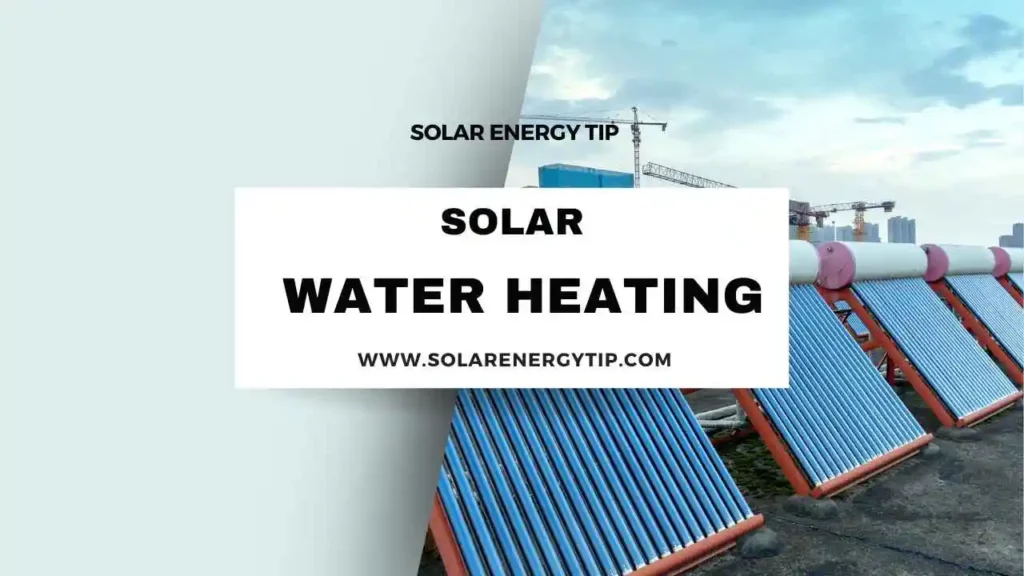
The solar water heater is a method of heating water with sunlight in which a solar collector is used, and a solar water heater for the home is used to heat water.
The solar water heater working model has many designs, has all the collectors and water storage, and uses solar thermal energy to heat the water.
Solar water heating costs in the USA range from $8,000 to $10,000. The minimum solar water heater costs $4,000, and the maximum is up to $13,000 in the USA.
How many conventional energy sources can be saved if water is heated by solar energy using solar water heaters?
And considering the line of today and the future, solar energy can be used in many different ways in many places.
An excellent example of this is the solar water heater; for this, information has been obtained about the essential structural elements required for the use of solar energy.
3. Solar Heating
Solar heating system for a house includes a radiant floor pairing and a forced hot air system if you want to heat a home using the solar system.
The solar heating system uses solar energy to heat liquids and gaseous liquids so that the heat generated is stored in a storage system or a designated interior space for future use.
How does solar heating work – The solar system used to heat water implements storage to capture the sun’s rays for the home. Using solar heating for the home is very cheap and easy.
Solar heating panels, in particular, are an effective means of generating hot water and generating heat for homes and business areas.
They reduce energy bills and enable very low carbon footprints.
According to the national average, the solar heating system cost in the US market is usually up to $3,000.
Solar heaters and cooling systems provide hot water, heating, and cooling for homes, businesses, and industries by collecting solar energy.
4. Solar Ventilation
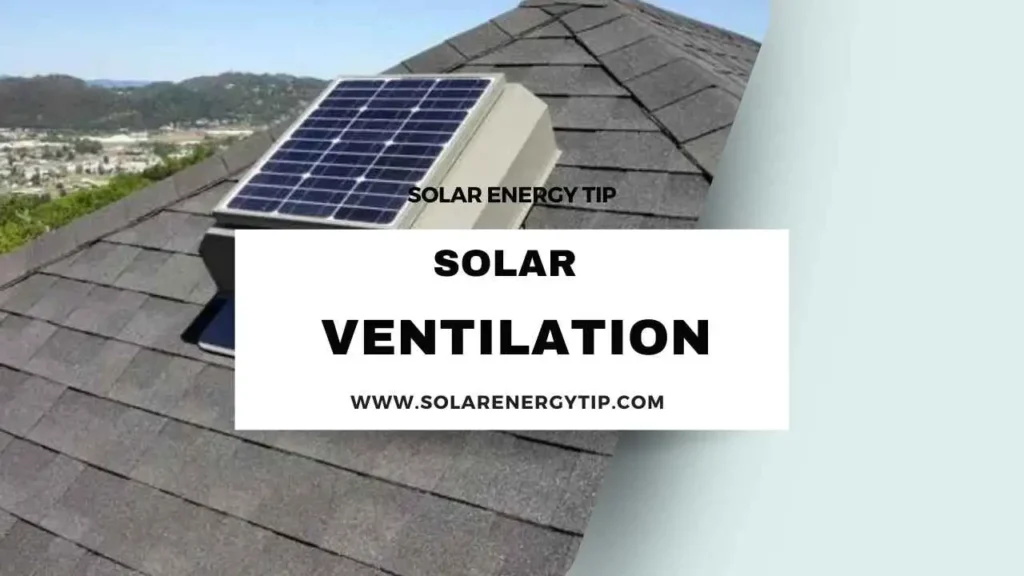
It is advisable to use solar ventilation to cool your home during summer or extreme heat. It uses solar attic fans.
This can be a great option for you if you cannot install the solar PV system, which compensates for the entire power consumption of your home.
Solar processes can heat building air in cold climates and reduce energy costs by incorporating heating technology into commercial and industrial locations.
5. Solar Lighting
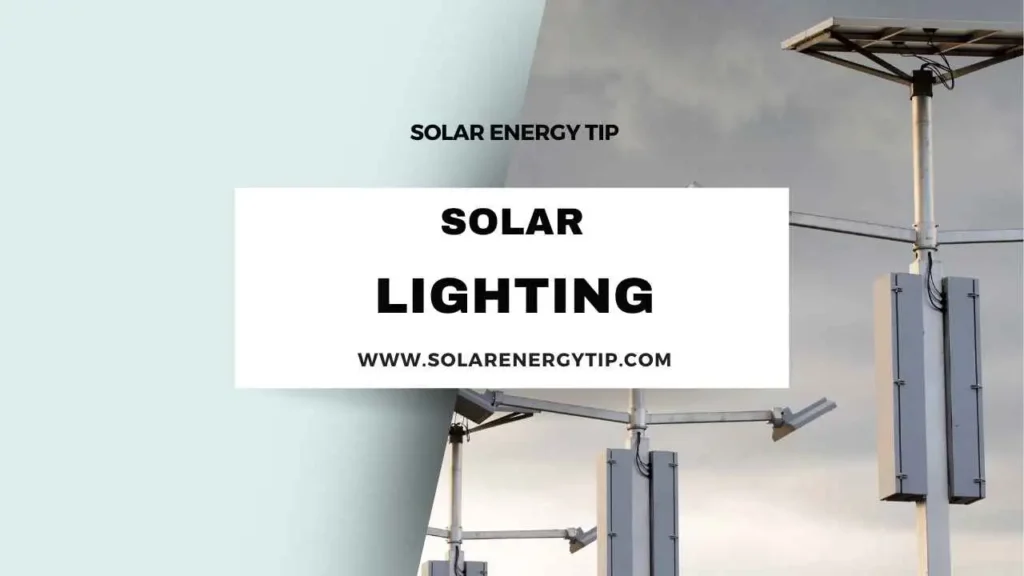
The use of solar energy is solar lighting, which can be light obtained during the night through the use of solar energy.
You can install different outdoor solar lighting systems for your home, saving your electricity bill.
You will find the best solar light for your home online; such solar lights with batteries also come, allowing you to charge a battery with solar energy during the day and get a solar light at night.
If it is a small or big town or a village, you can also use the street light as a solar street light.
You can visit different online websites to learn the solar streetlights. A typical high-pressure solar street light costs $1,850 to $5,000, which is as per the requirement of the system
6. Portable solar
In today’s connected world, some electronic gadgets are with us forever, like phones, tablets, and laptops, for which we always face a problem that often its battery run low.
The solution to this problem is that some portable solar power kits come with the help of which we can charge our electronic devices while travelling or camping.
There is a portable solar power system for homes, and you can take this system anywhere in the house and get electrical energy.
The technique of such portable solar power cells has existed in watches since 1970.
7. Solar transportation
Students from several universities in Australia and the US have created the future of all-powered vehicles by equipping bus trains and racing cars with solar panel transportation.
Shortly, you will see that it can be operated using solar panels in vehicles. Additional solar energy can be stored in batteries using solar batteries, and transportation can be performed at night.
FAQs
What are the requirements and limitations of solar energy?
Solar energy has several requirements and limitations that should be considered when assessing its feasibility as a source of electricity.
Requirements:
- Sunlight
- Space
- Angle and orientation
Limitations:
- Cost
- Dependence on the weather
- Limited energy storage
- Intermittency
- Limited applicability
How can energy infrastructure be improved?
There are several ways to improve energy infrastructure:
Upgrade and modernize existing infrastructure:
- Increase the use of renewable energy sources
- Develop more efficient transmission and distribution systems
- Implement demand-side management programs
- Promote the use of electric vehicles
- Invest in energy storage technologies
- Promote energy efficiency
Are there government incentives for installing solar panels?
To promote the use of solar energy, many governments give rebates, tax credits, and other incentives. To find out what’s available in your area, be sure to check with your local authorities.
Do I need a battery with my solar panels?
Even though it’s not required, having a battery can increase your energy independence by serving as a source of energy storage for times when the sun isn’t shining.
Conclusion
Thus, after knowing what are the infrastructure requirements for utilizing solar energy? we have seen a description of its uses of solar energy.
The structural requirements for different uses of solar energy, such as the systematic selection of space and the need for solar panels to get the total amount of sunlight, are some aspects we have seen in this article.
And additional information about how to use solar energy except for the infrastructure requirements and what is happening worldwide.

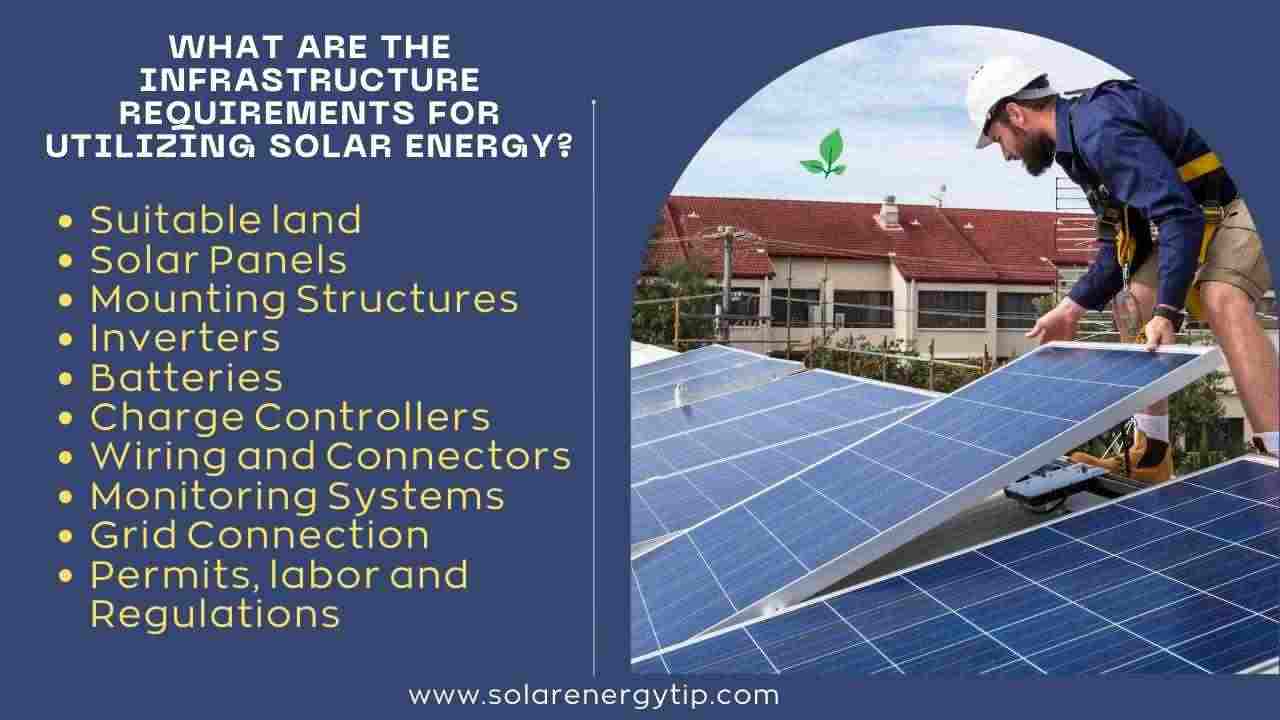
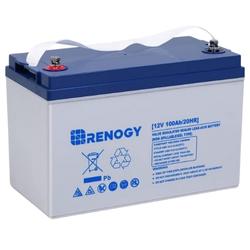
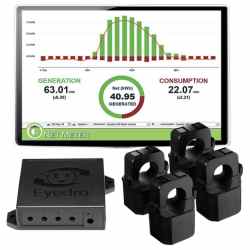
There’s definately a lot to know about this issue. I love all of the points you’ve made.
Thank a lot Dude for this opinion
Thanks For Your Inspiration………………..
Thanks a lot